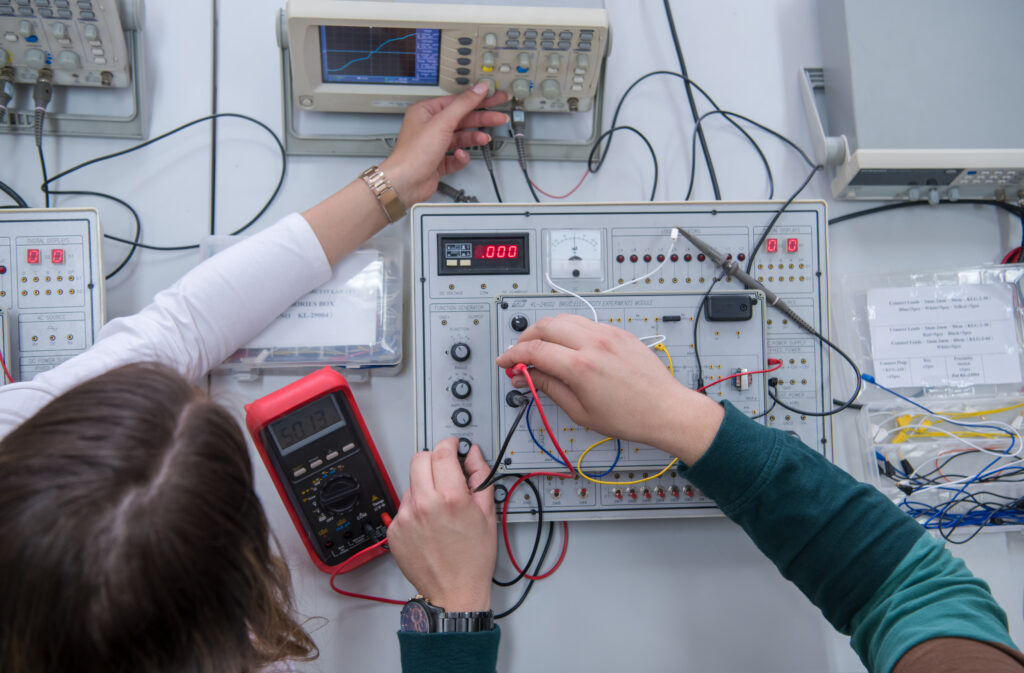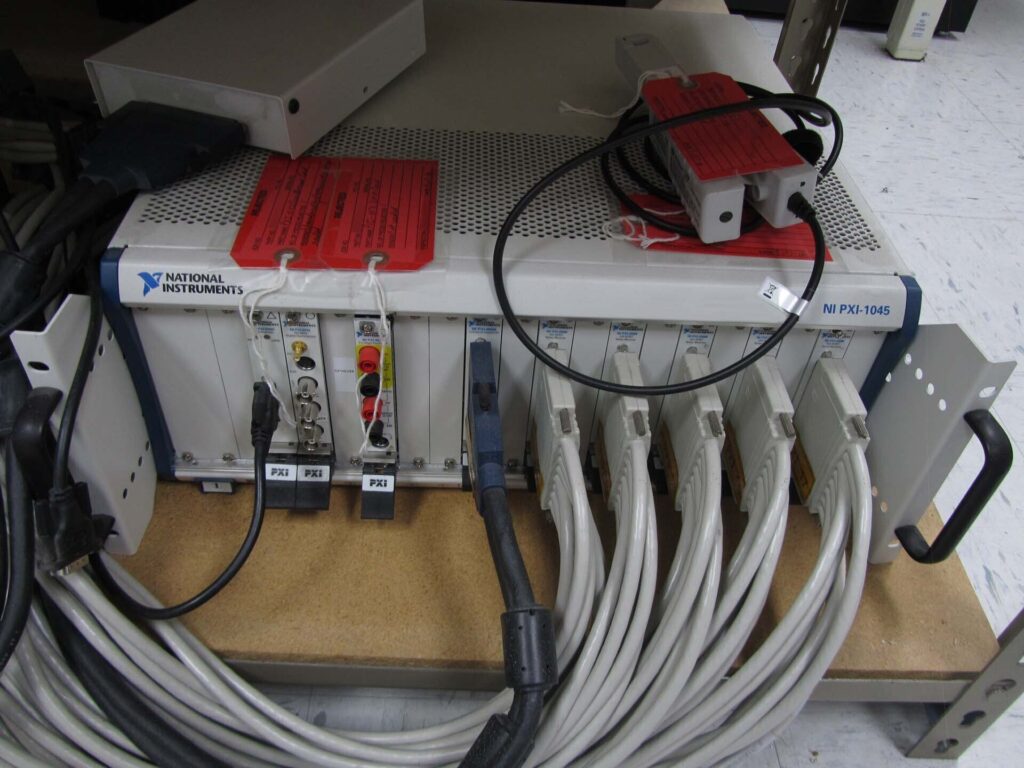
How Does A Ph Sensor Work in industry ?
The litmus paper tests from elementary school are often what come to mind when most people think about pH measuring. The pH chart will show how acidic or basic the solution is based on how the litmus changes colour after being dipped in the solution.
Numerous industrial processes necessitate pH analysis for various reasons. They involve analysing chemical reactions, ensuring product safety, and maintaining product quality. These processes frequently take place in challenging circumstances and call for far more sophisticated apparatus, which is significantly more advanced than the old experiments we did in primary school. The pH sensor is the most crucial piece of equipment here. So let’s investigate how a pH sensor functions.
pH SENSOR OPERATION
Electrodes are used by pH sensors to track hydrogen ion activity in a solution. In doing so, the measuring electrode compares the measured voltage from the internal reference electrode to the ion exchange through the gel layer created on the glass membrane.
UNDERSTANDING THE COMPONENTS OF A pH SENSOR
The components of the pH sensor need also be understood in order for us to fully comprehend how a pH sensor operates. Diagram
Glass membranes and specialised glass bodies used in industrial pH sensors are made according to a unique recipe that is compatible with the process liquids. Three electrodes—a measuring electrode, a temperature electrode, and a reference electrode—are present in the glass body. A crucial element of the reference system, which also comprises electrolyte, is the reference electrode. The electrolyte is intended to maintain neutrality at pH 7.
When the immersed sensor makes contact with the liquid, a sensitive gel layer is created in the specific pH glass. The measurement electrode produces a voltage in response to the hydrogen ion activity near the gel layer. Additionally, the solution being measured and the internal reference electrode need to be electrically connected. A liquid junction is used for this. Depending on the type of sensor, junctions can be ceramic, open-hole, or PTFE. To determine the recorded pH value, the potentials from each of these electrodes are crucial. You receive a pH reading from the transmitter or the head of a clever digital sensor after doing the computation.
If you don’t take good care of these parts, your pH sensor’s accuracy will degrade and the potentials could not be trustworthy.
.
.
SENSOR MAINTENANCE IS THE KEY TO KEEPING YOUR SENSOR FUNCTIONAL AND ACCURATE
Like any tool, sensors occasionally need upkeep to keep working effectively. A few situations that can affect a sensor’s longevity include increased temperatures and solution accumulation, particularly from alkaline solutions.
Sensors come in a variety of sizes and shapes, each one designed for a particular application. To choose the sensor that works best for your process, check out our catalogue.
.









Post a comment